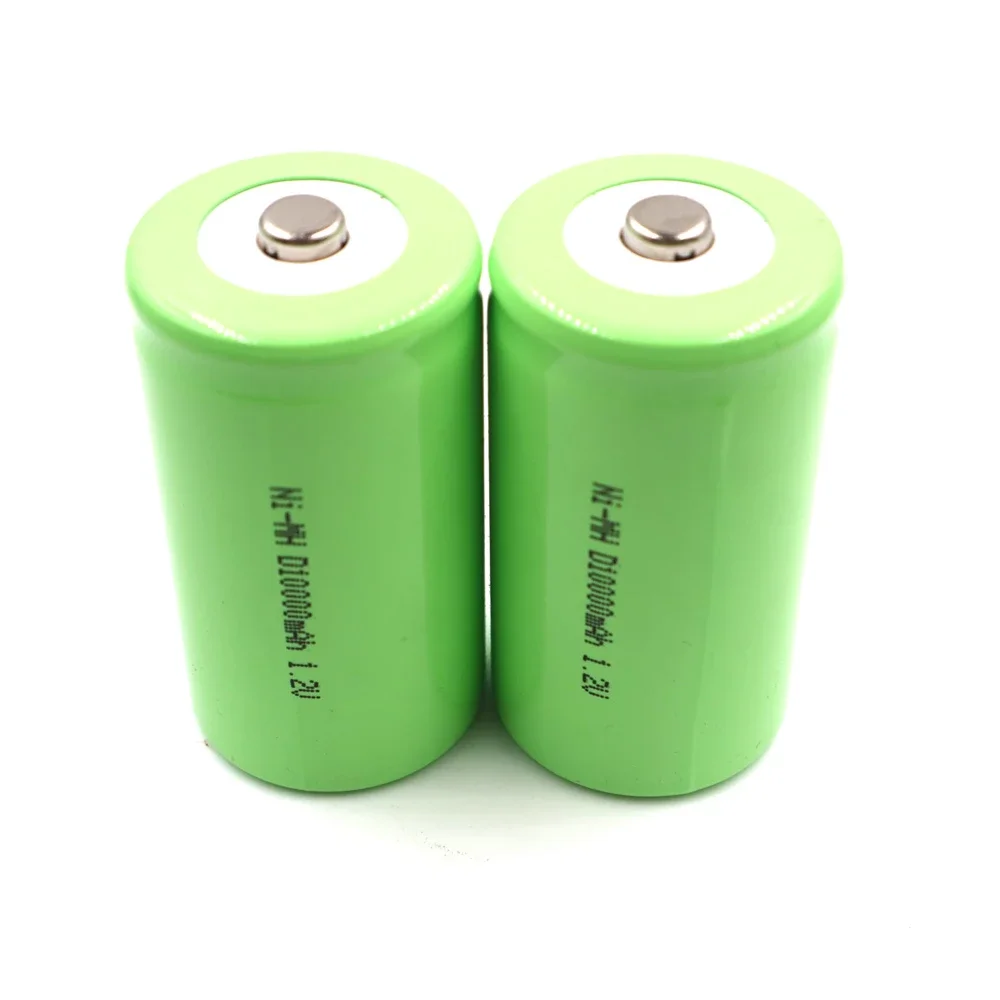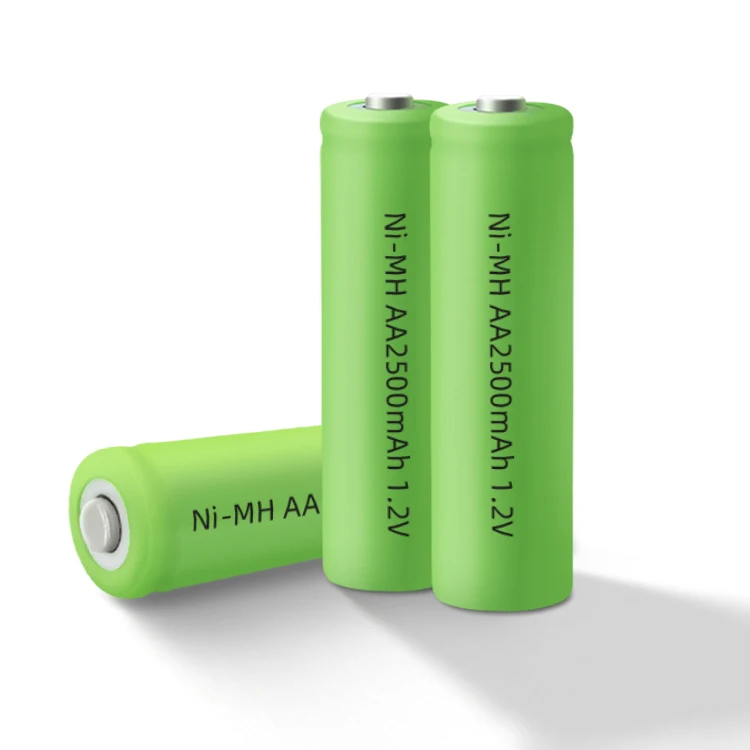Choosing between Lithium-ion (Li-ion), Nickel-Metal Hydride (NiMH), and Nickel-Cadmium (NiCd) batteries depends largely on the specific requirements of the application, including factors like energy density, cost, environmental impact, and longevity. Each type of battery has its strengths and weaknesses, making it better suited for certain uses over others. Here’s a detailed comparison to help determine which might be better for specific needs:
Lithium-ion (Li-ion)
Advantages:
- High Energy Density: Li-ion batteries have a much higher energy density compared to NiMH and NiCd, making them ideal for portable electronics and electric vehicles where weight and volume are critical factors.
- No Memory Effect: Li-ion batteries do not suffer from the memory effect, allowing them to be charged and recharged at any state of discharge without affecting their capacity.
- Lower Self-Discharge: Li-ion batteries have a significantly lower self-discharge rate than NiCd and slightly lower than NiMH, making them more suitable for applications where the battery may not be used regularly.
Disadvantages:
- Cost: Generally, Li-ion batteries are more expensive than NiMH and NiCd batteries.
- Safety Concerns: They can pose safety risks such as thermal runaway, leading to fires or explosions if damaged or improperly managed.
- Complexity: Li-ion batteries require a complex management system to maintain safety and longevity.
Nickel-Metal Hydride (NiMH)
Advantages:
- Environmentally Friendlier: NiMH batteries are less harmful to the environment compared to NiCd batteries since they do not contain toxic cadmium.
- Good Energy Density: While not as high as Li-ion, NiMH batteries offer a decent energy density and are suitable for many consumer electronics and hybrid vehicles.
- Less Prone to Memory Effect Compared to NiCd: Modern NiMH batteries show a reduced memory effect, though not as immune as Li-ion.
Disadvantages:
- Heavier than Li-ion: They are heavier and bulkier at the same capacity, which is a drawback for portable devices.
- Self-Discharge: Higher self-discharge rate than Li-ion, though lower than NiCd.
- Complex Charging: NiMH batteries require smart chargers to avoid overcharging.
Nickel-Cadmium (NiCd)
Advantages:
- High Discharge Rate: NiCd batteries are capable of very high discharge rates and are very durable, making them suitable for power tools and other high-drain applications.
- Durability: They perform well in a wide range of temperatures and have a long cycle life.
- Cost: Generally cheaper than Li-ion batteries.
Disadvantages:
- Memory Effect: NiCd batteries are highly susceptible to memory effect, requiring periodic full discharges to maintain capacity.
- Environmental Impact: Contains cadmium, which is toxic and poses serious environmental disposal issues.
- Lower Energy Density: They have a lower energy density than both Li-ion and NiMH batteries.
Summary
- Li-ion is generally the best choice for applications needing high energy density and lightweight solutions, such as mobile devices, laptops, and electric vehicles, despite their higher cost and complexity.
- NiMH offers a good balance between cost, performance, and environmental impact, making them suitable for household electronics, hybrid cars, and where moderate energy density is acceptable.
- NiCd batteries are suitable for applications where high power delivery and durability are necessary, particularly in tools and devices that require high discharge rates, though their environmental impact is a significant concern.
Ultimately, the choice depends on balancing these factors against the specific needs of the application, taking into account operational, environmental, and budgetary considerations.


